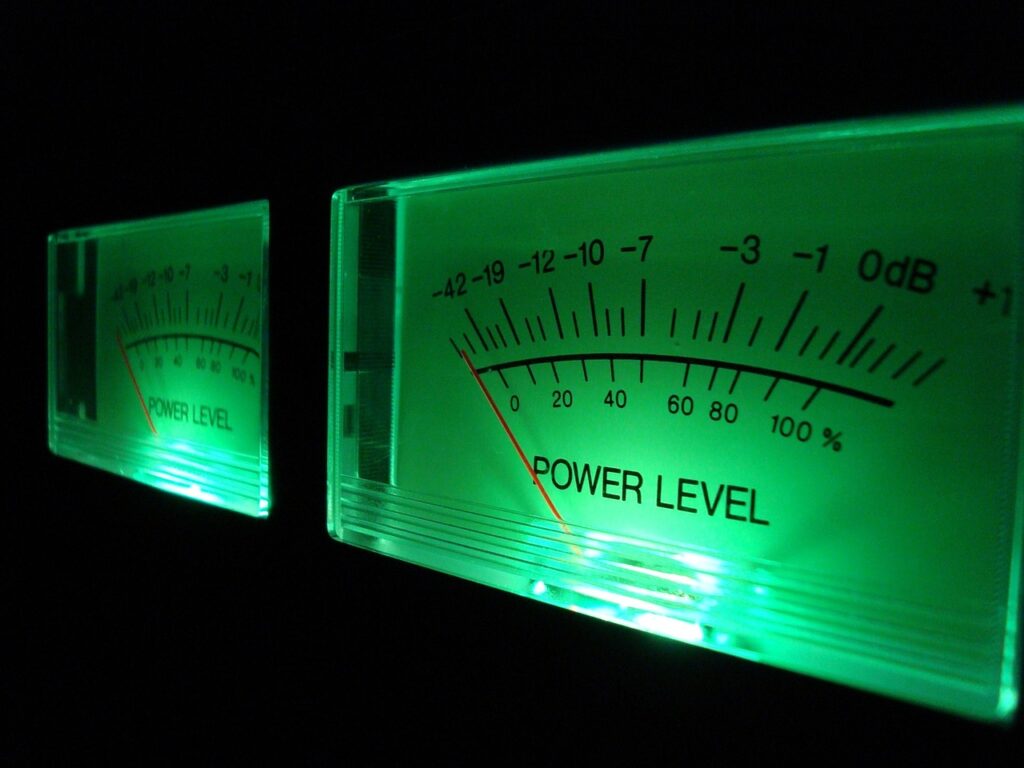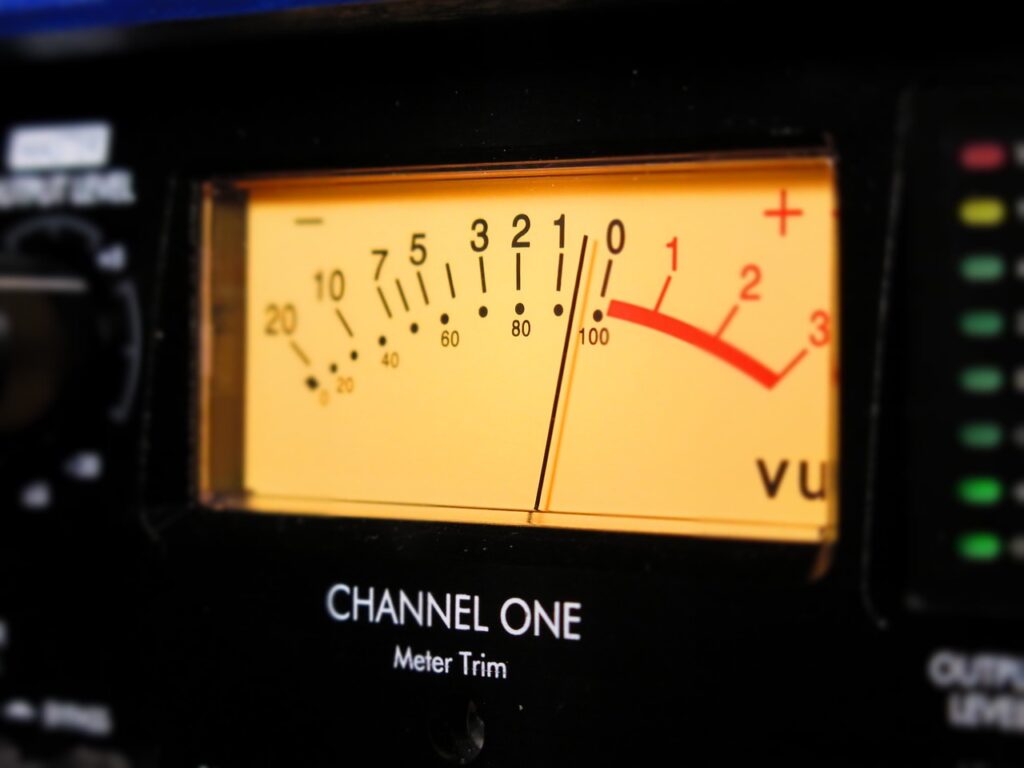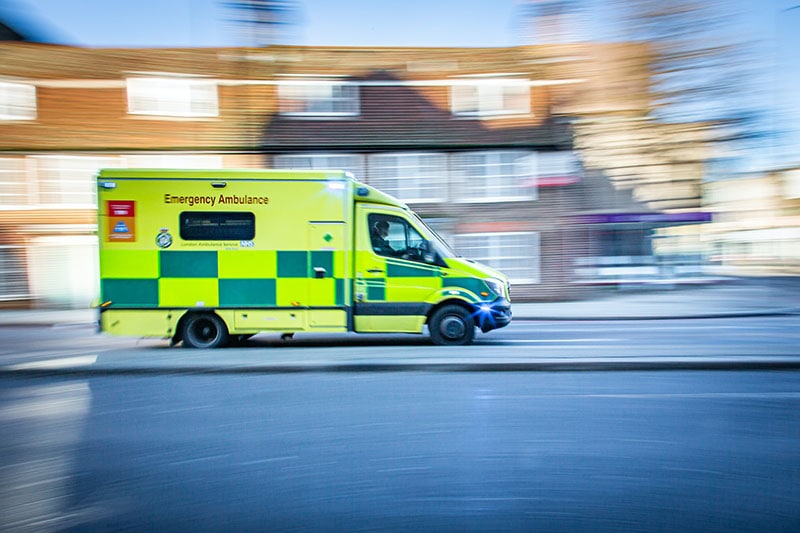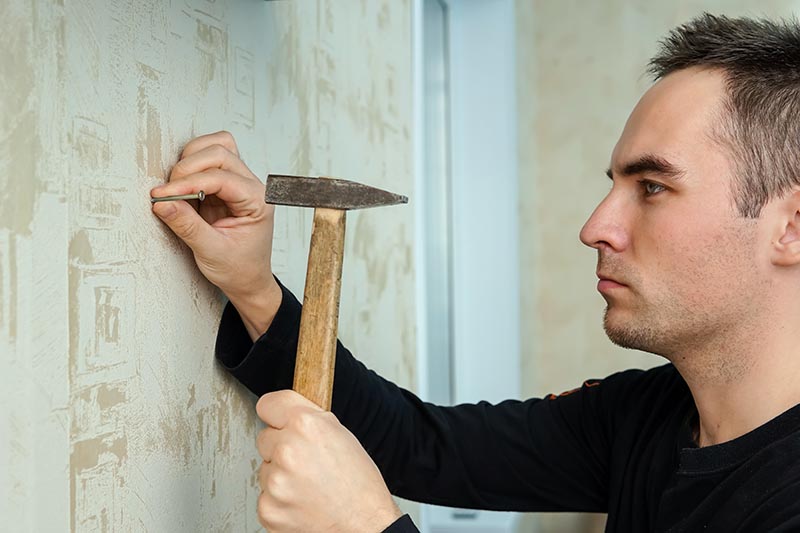How loud is 120 Decibels (dB)? With Noise Comparison Chart
-
Pete Ortiz
- Last updated:

The decibel scale allows us to measure sound and helps us make comparisons of various noises. If you are familiar with the decibel scale, you may know that the sound of silence is 0 dB and the threshold for human hearing is about 85 dB. This already tells us that 120 dB is a deafening sound that can cause harm to our hearing, but how loud is it?
120 dB is on the decibel scale’s upper limits, and while many factors influence how loud it is, it can typically be equivalent to the sound of fireworks or the dancefloor of a nightclub.
To better understand how loud 120 dB is, we’ll discuss the decibel scale and how sound is perceived and compare other sounds equivalent to 120 dB.
How Does the Decibel Scale Work?

The decibel scale is a nonlinear scale used to describe the intensity of sound waves to help measure different sound levels and determine which are safe and which are dangerous. The higher the decibel level, the louder the sound.
The lowest sound on the scale is silence, measured at 0 dB. The intensity of the sound is 10 times greater as it goes up, so a sound that is 10 times greater than 0 dB is 10 dB. That means that a 20 dB sound is 100 times greater, one at 30 dB is 1,000 times greater, and so on.
Decibels and the decibel scale are essential tools of measurement that are widely used to determine how loud a sound is; this information is critical for preventing ear damage and noise pollution.
What Does 120 dB Sound Like?
Not all sounds are created equal, and how loud we perceive a sound depends on various factors, including a person’s sensitivity to sounds.
Sound intensity is determined by perceived loudness rather than absolute volume. In certain circumstances, such as if an explosion occurs nearby, the human ear can distinguish sounds down to about 110 dB, but even then, the human ear can only differentiate between two frequencies at a time.
In addition to volume, sound pressure is calculated based on the intensity of the pressure waves. So, hearing an explosion close by can measure 100 dB, but at 120 dB, it can be heard so close that it rattles your windows.
120 dB of sound is extremely loud and is past the threshold, where sound can become painful and dangerous. It can be equivalent to the sound of fireworks or a nightclub, but the table below compares the decibels of other common loud sounds to get a better perspective.
| Sound | Decibels |
| Vacuum cleaner | 70 dB |
| Blender | 88 dB |
| Concert | 100 dB |
| Chainsaw | 109 dB |
| Train horn | 110 dB |
| Fireworks | 120 dB |
| Jet Engine | 140 dB |
| Generator | 50–95 dB |
| Hair dryer | 80–90 dB |
| Lawnmower | 90–106 dB |
| Nightclub | 100–120 dB |
| Gunshot | 140–165 dB |
Other sounds equivalent to 120 dB can include a concert, a hammer banging a nail, an ambulance siren, or an aircraft taking off.

Is 120 dB Safe?
No matter how long you are exposed to sounds below 70 decibels, it is considered safe for human hearing, but this limit applies to adults. The maximum decibel level that babies should be exposed to is 50–60 dB.
After 8 hours, exposure to noise levels above 85 dB can become dangerous to the human ear, so the recommendation time decrease as the decibel level increases.
- 85 dB–8 hours
- 90 dB–9 hours
- 100 dB–15 minutes
- 110 dB–1 minute
- 120 dB–0 minutes
As noise levels exceed 85 decibels, which is the limit at which sounds are considered harmful to the human ear, the recommended exposure time decreases. To better understand how loud and potentially dangerous 120 dB is, consider this; if 85 dB is the safety limit, 120 dB is 1,000 times more intense. It is a thunderous sound that can cause severe hearing loss, depending on the exposure time.

How You Can Protect Your Hearing at 12 dB
When exposed to sounds that reach 120 dB, it is vital to protect your ears. If you are listening to music on your headphones or loudspeakers, it’s best to keep the volume low. Try to avoid always listening to music on your headphones if you can help it, especially if you want to limit your exposure to loud sounds and protect your hearing.
Protect your ears when exposed to loud noise using earmuffs, ear plugs, or noise-canceling headphones.
Take regular breaks from the noise, especially if you live or work in an area constantly exposed to loud sounds. Get away into nature for a few days, where there are no cars, generators, heavy machinery, or sirens, and enjoy the gentle sounds of the wind, river, birds singing, and the best, silence.
Conclusion
The sound level of 120 dB is extremely loud and can be equivalent to the sounds of a nightclub or fireworks exploding in the sky above you. 120 dB is considered an unsafe sound level, so it is important to protect your hearing if you are regularly exposed to this noise. The time that you are exposed to a sound also plays a part in how much it can affect your hearing, and 120 dB has a recommendation of 0 minutes!
Be sure to protect your hearing by wearing the appropriate protective gear, such as earplugs or noise-canceling headphones. Keep loud sounds to a minimum if you can, and remember to change your environment and remove yourself from loud noise entirely with a visit to the wilderness.
Featured Image Credit: Pixabay
Contents


